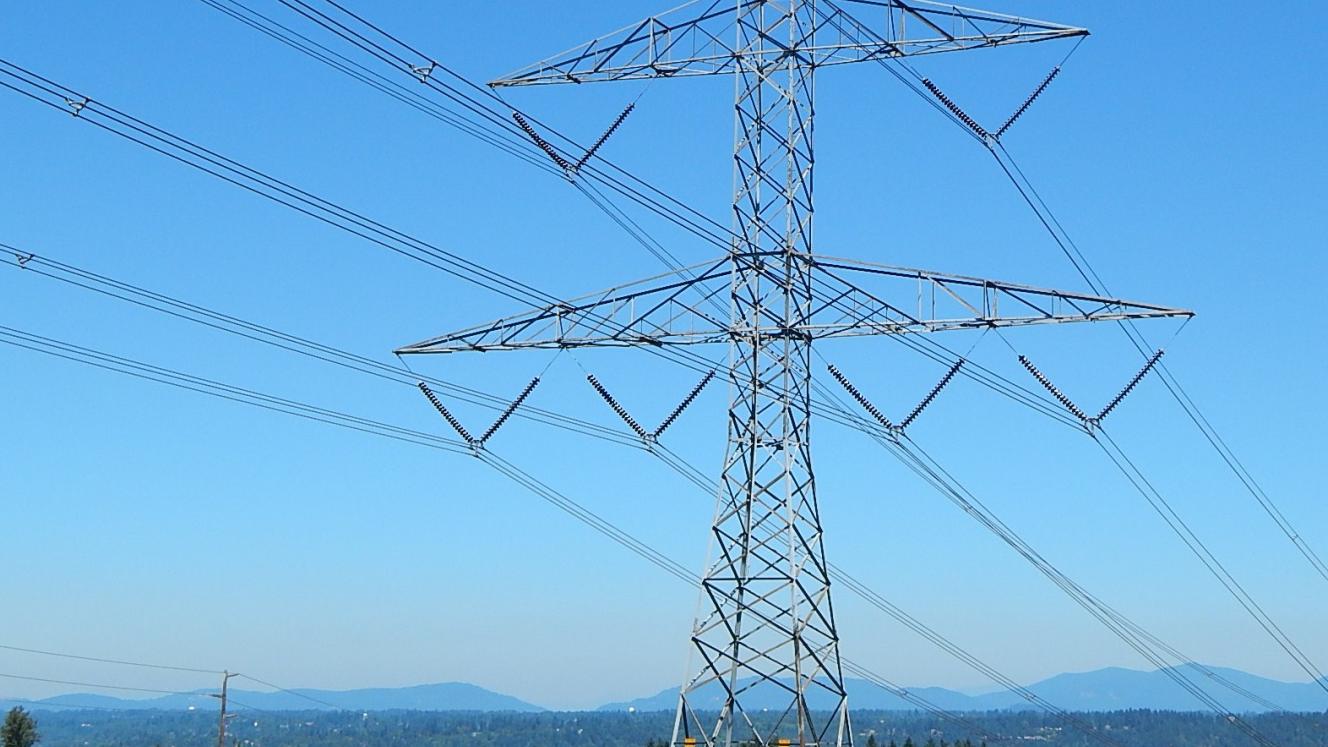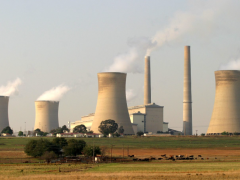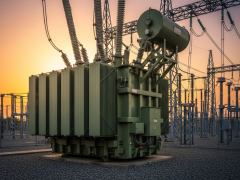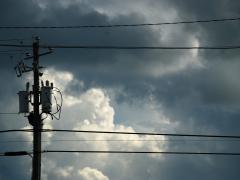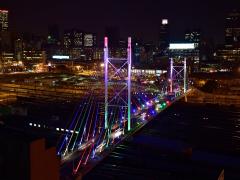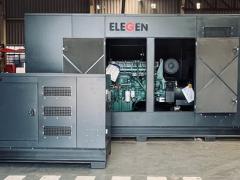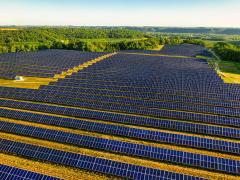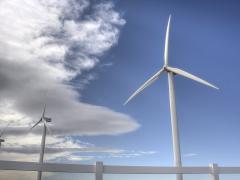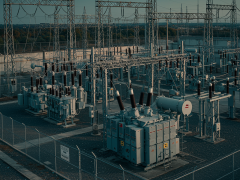The insights and outcomes from the first phase of South Africa’s Independent Transmission Programme (ITP) will guide future procurement rounds and shape the contracting model for government’s broader ITP ambitions, according to Elsa Strydom, Interim Head of the Independent Power Producer (IPP) Office.
Addressing Parliament’s Portfolio Committee on Electricity and Energy this week, Strydom confirmed that a request for qualification under the ITP will be issued by July this year, followed by a request for proposals by November this year.
The ministerial determination for the programme’s first phase, gazetted on March 28 this year, authorises the procurement of 400 kV transmission lines and associated infrastructure spanning an estimated 1 164 km.
The private sector will be required to develop, design, finance, build, operate and/or maintain designated transmission facilities for the duration of a concession period and subsequently transfer ownership to the National Transmission Company South Africa.
Strydom emphasised the critical challenges posed by grid capacity constraints for renewable energy projects. She noted that these limitations continue to hamper project development, especially in the Cape provinces where most wind projects are concentrated. “In addition, most of the available grid in the Free State and North West provinces has nearly been absorbed,” she said.
Due to capacity constraints, wind megawatts from Bid Windows 6 and 7 of the Renewable Energy Independent Power Producer Procurement Programme (REIPPPP) could not be allocated, she added. Capacity is available in regions where few projects are ready to proceed. The outcomes of REIPPPP Bid Window 7 indicate that energy prices are likely to rise in lower-yield regions such as Mpumalanga and KwaZulu-Natal, said Strydom. “Transmission infrastructure self-build scopes for IPPs to connect are adding to project costs and tariffs.”
Strydom informed the committee that curtailment could offer a partial solution to unlocking grid capacity in constrained areas. The National Energy Regulator of South Africa has approved Eskom’s application to classify congestion curtailment as a constrained generation ancillary service. This move could release capacity in grid-constrained areas. However, she cautioned, processes guiding grid allocation have yet to be finalised.
Strydom also stressed the need to streamline and align processes to better manage procurement timelines, noting that Eskom currently takes between 90 and 120 days to process cost estimate letters and 180 days for budget quotes.
In a related development, Strydom informed the committee that South Africa’s only privately owned peaking power plants – the 335 MW Dedisa at Coega in the Eastern Cape and the 670 MW Avon at Ilembe in KwaZulu-Natal, both procured by the IPP Office in 2013 – have applied to extend their existing 15-year power purchase agreements (PPAs) with Eskom. These PPAs are set to expire in the 2030/1 financial year. The plants have an option to renew for an additional 15 years. The IPPs operating these diesel-fired facilities are also seeking to convert them to natural gas, as envisaged in the original PPAs and implementation agreements. The application is currently under review.
As of May 2025, South Africa has 7 615 MW of electricity in operation from 97 projects procured through the IPP Office. This includes the two peaking projects. The IPP procurement programmes have attracted R292 billion in investment – of which R52,1 billion, or 18%, has come from foreign sources.
